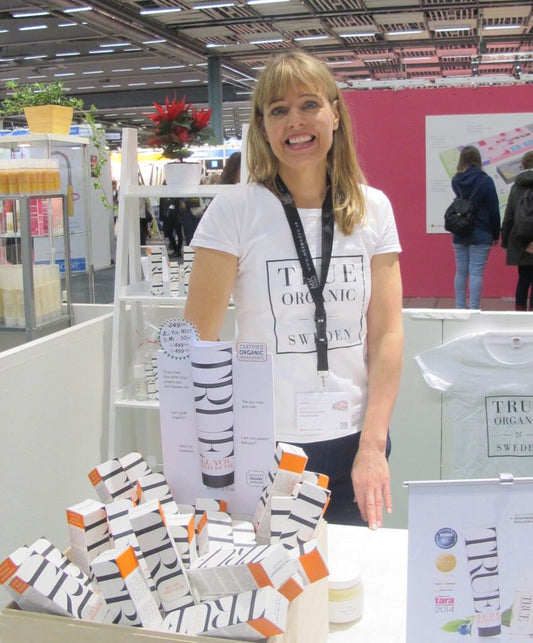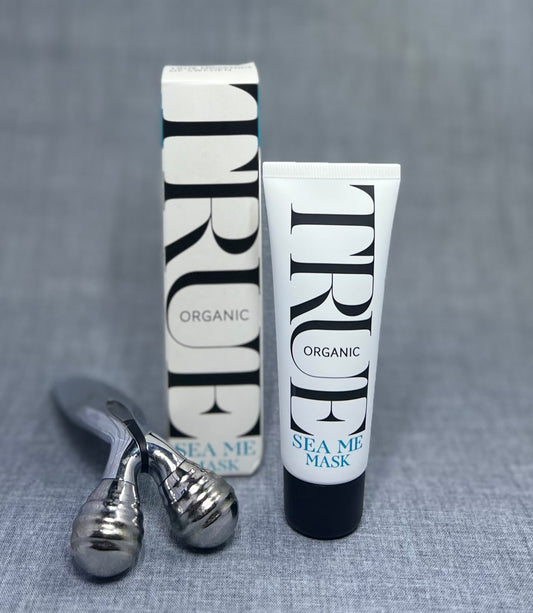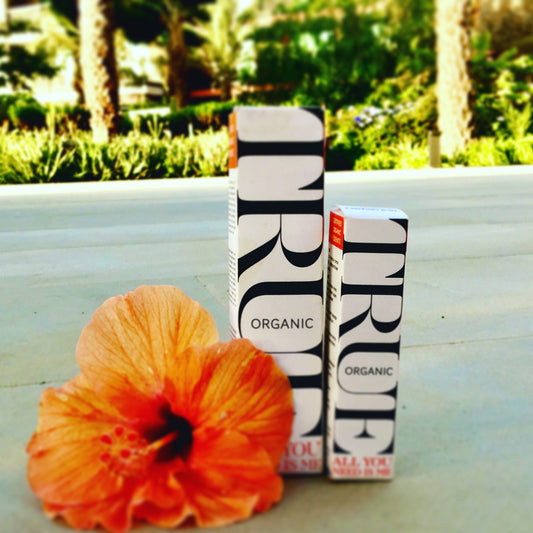News

True Organic of Sweden's Commitment to Sustaina...
True Organic of Sweden's Sustainability Philosophy As the founder of True Organic of Sweden, I believe that organic and natural skincare products should be sustainable and eco-friendly. My vision is...
True Organic of Sweden's Commitment to Sustaina...
True Organic of Sweden's Sustainability Philosophy As the founder of True Organic of Sweden, I believe that organic and natural skincare products should be sustainable and eco-friendly. My vision is...

Get your glow
Look your radiant best with True organic of Sweden’s Sea Me Mask. You deserve to give your skin the very best, and this miracle mask is about to transform your...
Get your glow
Look your radiant best with True organic of Sweden’s Sea Me Mask. You deserve to give your skin the very best, and this miracle mask is about to transform your...

The lymphatic system and skin health
When your lymphatic system is stagnant, it can show up on your skin. The lymphatic system assists with the expelling of toxins. It lies just beneath your skin. If it...
The lymphatic system and skin health
When your lymphatic system is stagnant, it can show up on your skin. The lymphatic system assists with the expelling of toxins. It lies just beneath your skin. If it...

Toxic free cosmetics and personal care products...
Planet friendly ingredients are also human skin and body friendly. We have to become 🕵️♀️ detectives when it comes to skincare. Many everyday cosmetics and personal care products have 1....
Toxic free cosmetics and personal care products...
Planet friendly ingredients are also human skin and body friendly. We have to become 🕵️♀️ detectives when it comes to skincare. Many everyday cosmetics and personal care products have 1....

Toxic free cosmetics and personal care products...
Planet friendly ingredients are also human skin and body friendly. We have to become 🕵️♀️ detectives when it comes to skincare. Many everyday cosmetics and personal care products have 1....
Toxic free cosmetics and personal care products...
Planet friendly ingredients are also human skin and body friendly. We have to become 🕵️♀️ detectives when it comes to skincare. Many everyday cosmetics and personal care products have 1....

Bee (a) savior
A recent report from the Swedish environmental protection agency states that the situation is urgent for bees, butterflies and other pollinators. In Sweden as many as one third of our...
Bee (a) savior
A recent report from the Swedish environmental protection agency states that the situation is urgent for bees, butterflies and other pollinators. In Sweden as many as one third of our...
